
CMU / Parallel Universe by CJ Q. '23
i am not a clown
I visited CMU this weekend! This is pretty long, so here’s a table of contents:
One
It doesn’t seem to make sense
Everything was going well
Guess that was just the surface
Cause underneath I could tell
No, I couldn’t, I couldn’t tell
One of the cool things about helping run HMMT is the staff exchanges. My first semester, I went to PUMAC, in Princeton, and I kinda wrote about it too. Then the pandemic happened, and I didn’t go to any. But last weekend I got to go to CMIMC, in Carnegie Mellon, and I had a great time.
It went quite different from my PUMAC visit. When I visited PUMAC four years ago, I went with a big group with lots of people I was close friends with. This visit was a lot smaller. From MIT were me, Brandon W. ’24, and Alex H. ’26, and from Harvard was Nathan S. Harvard ’24. I’ve talked to Brandon and Nathan a bit before, but I didn’t know them super well, and I didn’t know Alex at all before this weekend.
The way we got there was different too. If we’d gone by bus or train, it’d take like, what, 12 hours? But through some miracle, airfare happened to be cheap, and we flew there instead. A Friday afternoon flight to Newark, then two hours later, a flight to Pittsburgh. Brandon took an earlier flight, so it was me, Alex, and Nathan.
It was lowkey a bit awkward at first, but we got conversation going eventually. Like, we were talking about classes, and Nathan said he was majoring in something, and I was like, “woah woah woah, don’t you mean concentrating?” And he replied, “well, when you talk to MIT students, you have to use their language, right?”
The joke is that Harvard calls them concentrations and secondaries instead of majors and minors. There’s lots more vocabulary differences, like “house” instead of “dorm”, or “d-hall” instead of “dining”.
Gotta say, it’s fun to be an MIT student pretending to be a Havard student, which is how I learned all of this. I imagine Nathan must have fun pretending to be an MIT student too. It’s interesting to me how many MIT and Harvard undergrads know a lot about how the other school works, even if they’ve never cross-registered. Maybe it’s because we all want to imagine how things would’ve turned out, in the universe where we went to the other school.
We took a flight to Newark, had dinner at the airport, then took another flight to Pittsburgh. I’m not much of a photo person, but I took this photo at the Pittsburgh airport because I thought the elevator was cool. You can wave instead of pressing a button!
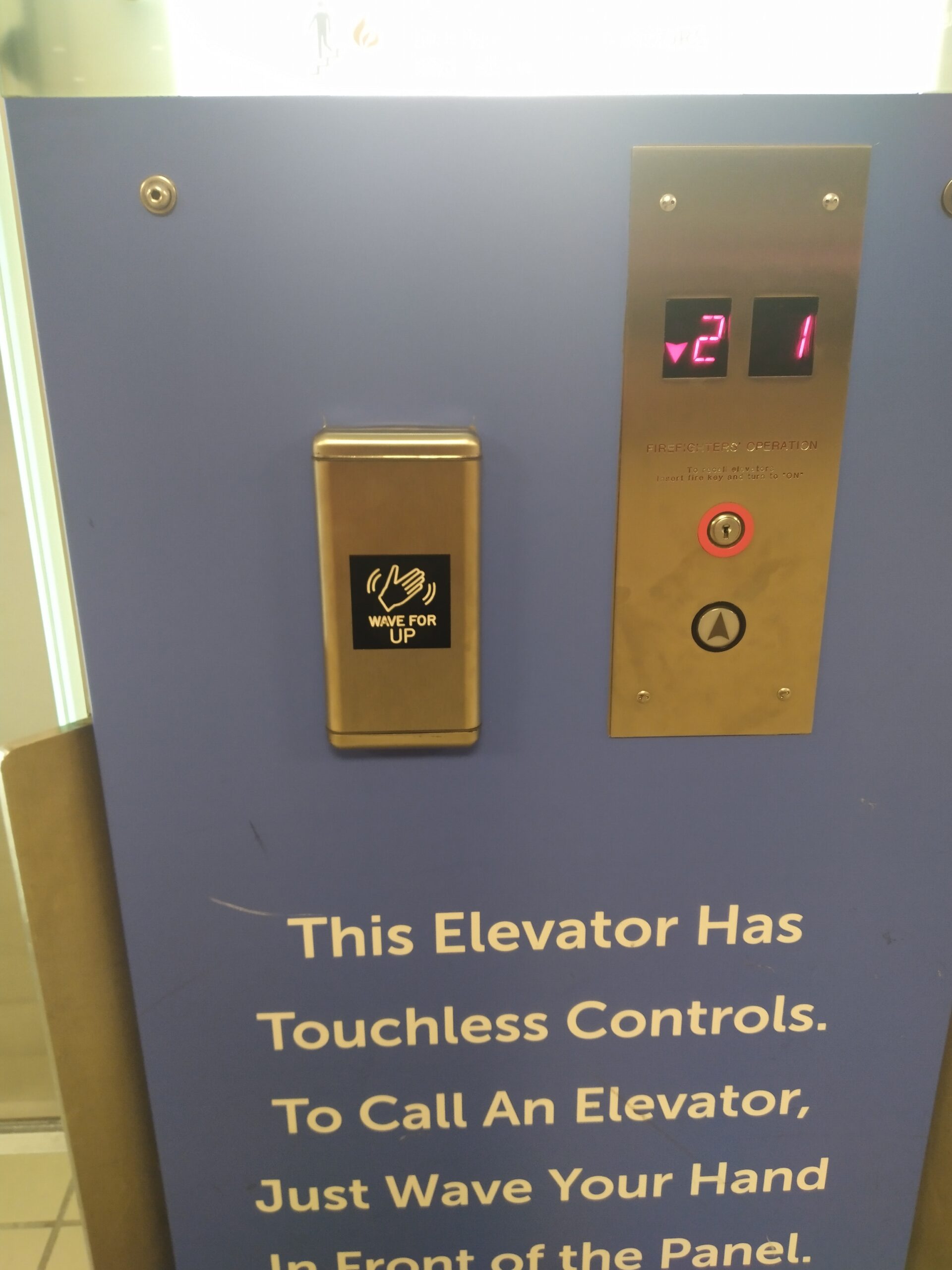
Anyway, Nathan got a rental car and we drove from the airport to the city. Now, Nathan and Alex both drive, and I don’t. And while we were in the parking lot, neither of them could get any data on their phones, so I had to use my phone to look up directions. Because I didn’t know how to drive, I relayed the instructions at all the wrong times, and couldn’t answer things like “should I switch lanes?” I later realized that I could’ve just unmuted my phone and have the app read out the directions.
Two
He was my brightest star
In the night I couldn’t ignore
Cause when he plays his guitar
He knows exactly where to go
He takes the lead and I follow
We got to CMU. I stayed a bit at the student center, which they call UC, much like how MIT’s is nicknamed the Stud. Thanks to eduroam, I had an internet connection without even trying. I waited for my host, Gram L. CMU ’23. We knew each other from NOI.PH, back in high school, and we’ve stayed friends since. He arrived and introduced me to his roommate, David H. CMU ’23.
Gram talked about how reduplication was mentioned in one of his linguistics classes. I’ve talked about reduplication before because the Philippine languages use lots of reduplication. Anyway, the example language was Pangasinense or something, and he had to explain how, even though he spoke Bisaya, he didn’t understand the Pangasinense examples. It turns out the Philippine languages aren’t mutually intelligible, which is why it’s inaccurate to call them dialects, as some Filipinos do.
Anyway, David asked what reduplication was, and Gram gave some examples in Tagalog, and that’s how I learned that David was also Filipino. It’s a nice feeling to recognize someone as being from the same country you are when you’re both in a foreign place. It brings so much shared context in future conversations. Not only do we have another shared language, but we can talk about Filipino food or being an international student.
David and Gram show me how to take the bus to their apartment. Pittsburgh public transportation is centered on buses, unlike how Boston’s is centered on trains. There’s this cool app called Transit, which uses crowdsourcing to give real-time bus tracking, but it was also useful for paying the bus fares. I love public transportation, hence why I once visited every station on the MBTA with Alan Z. ’23. It made me wonder whether it was feasible to visit every bus stop in Pittsburgh, though a look at the system map convinced me otherwise. Holy hell, that’s coverage.
On the bus ride there we talk about food. I talked about how I recently cooked sisig and ginataan for my ILG, ET, and that it wasn’t a total disaster. We talk about finding Filipino ingredients, like the pig ears and chicken liver needed for sisig, or the kalabasa and sitaw needed for ginataan, and the substitutes we had to use.
Gram shares how he and David once tried to make kare-kare without atsuete. Which was fine, because atsuete is only used for food coloring. The dish tasted exactly like kare-kare, but it looked like literal shit because it didn’t have the atsuete. He then said he was making kare-kare on Saturday for some friends visiting, and I was like, woah, that’s commitment. Kare-kare is known for taking a long time to cook, so it’s usually reserved for special occasions. I wouldn’t dare try to make kare-kare if I didn’t have my whole afternoon set aside.
Also, see all those links in the last few paragraphs? It’s nice not having to explain what any of these are; it’s something that the three of us all knew. I love everyone in MIT, but I don’t know that many people I can talk about these things with. Also, did you know that kare-kare is cognate with curry? The etymology of kare-kare and curry both derive from Tamil.
Gram and David showed me around their apartment. The wifi networks are named something like Kutsinta and Bibingka. The whiteboard has some baybayin written on it. The kitchen was stocked with bouillon cubes and sinigang mix. It’s weird how like, we’re all Filipino, but the way they choose to express their identity is different from how I choose to express mine.
It’s wild how much the three of us shared. We’re all Filipino, all in the same year, all studying computer science. The whole thing made me wonder: if I’d gone to CMU, would I be sharing this apartment with them? What would it be like, living in an apartment off-campus, instead of a dorm five minutes away from my classes? I might’ve cooked Filipino dishes more often, or knew how to write Baybayin better. But then I wouldn’t be in my awesome East Campus room, and I wouldn’t have lived on floorpi.
Three
Aimlessly I follow
Spoilers for CMIMC 2023’s Computer Science Round, Problem 2.
I woke up on Saturday, took a bus back to CMU, and tried to find the room the graders were supposed to be in. CMU’s campus is a bit smaller than MIT’s campus, according to the boundaries in their campus map and our campus map. This is despite CMU having 30% more students than MIT does. Here they are, side by side; the’re approximately to scale based on the size of the track.

The buildings in CMU’s campus have names like Porter or Doherty, unlike MIT’s numbering system. The floor numbers are a bit confusing. Apparently the floor below 1 is numbered A? And Wean and Doherty are connected, but floor N of Doherty is connected to floor N+4 of Wean. Anyway, it wasn’t too bad; I found the grading room a minute early.
We waited a bit for the exams to come in. We were first grading the Computer Science Team Round; you can view the problems on the CMIMC website. I’ll briefly discuss the intuition behind the second problem’s solution, because it uses some nice information theory ideas. Honestly, if you don’t care about computer science, you should skip the rest of this section.
Let’s recast the problem in terms of a decision tree, which I learned from 6.390 Introduction to Machine Learning. For each node, we can either get an answer of left, and move to the node’s left child, or get an answer of right. However, because of the trap, some of the nodes can’t be taken. Suppose that, instead of 12, we had 5 queries. Then the tree would look like this:
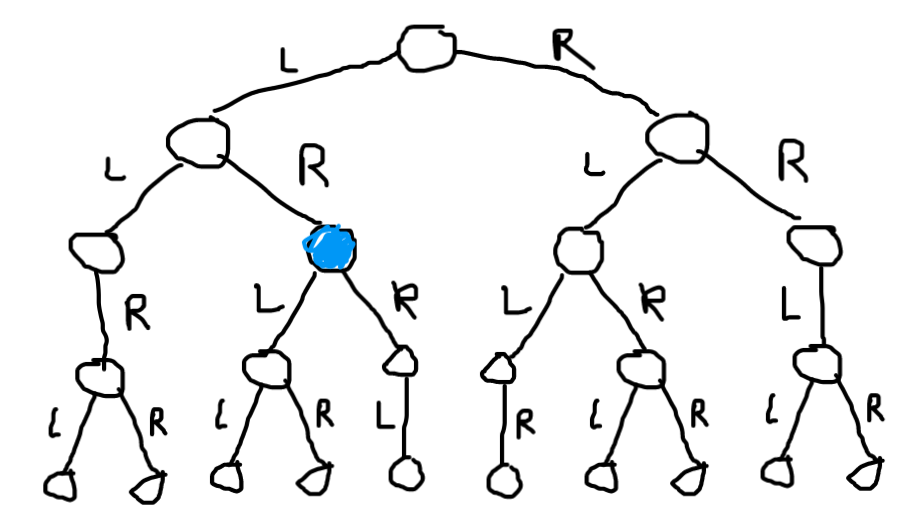
The main idea is that we want to maximize the information gain) of each node. Consider the node highlighted in blue. We get the most information gain if each of the grandchild nodes are equally likely, and so happen 1/3 of the time. That means that for the blue node, we should query so that we get a left answer 2/3 of the time, and right 1/3 of the time. Applying this logic gives the optimal construction.
It makes me wonder what it’d look like if I made my decisions to maximize the information gain of each choice. I have no idea what that actually means in practice, but I’m certain there’s an interpretation that makes this sound deep. Figure it out in the comments I guess.
We graded the CS round. All the papers were double graded, and the two graders had to agree on the score for each question. Most people graded the third problem, because it was the hardest to grade, and we spent a decent amount of time arguing over the rubric and whether or not people’s mistakes were “minor” or “major”. I found it kinda fun, actually.
Four
In a parallel universe
Everything in reverse
Maybe you could be mine
In a parallel universe
Where timing is kind to us
Maybe we would be alright
After the CS round, we waited for the individual rounds to come in. Algebra and Number Theory, Combinatorics and Computer Science, Geometry. These were short answer problems, so they were quicker to grade, but it meant there was a lot of time in between the grading that was waiting.
It felt strange, being in that room and waiting, as the only people I knew were the people from HMMT. My other friends from CMU who were helping with CMIMC were busy being proctors. So I made conversation with Brandon, whom I saw solving this huge Masyu, and incidentally I was also solving Masyus on my laptop.
“Why do you like solving such big puzzles?” I asked.
“Because it’s more satisfying to work on bigger problems than smaller ones,” he replied.
“Yeah, but wouldn’t the stakes be higher? An error in a larger project could be disastrous compared to an error in a small one.”
“Which makes it more important to be cautious about the moves you make on the board.”
“So you fill in the things that you know are correct?” I asked. He nodded. “But you can’t always have all the information! Sometimes you’re at the point of your life when you don’t know what to do, and you have to take a leap of faith.”
He thought for a few seconds, and said, “I hope I don’t get to that point, then.”
It was kinda awkward being in that room at times, so I also wandered around the building a bit. I remember spotting this sign in one of the bathrooms:
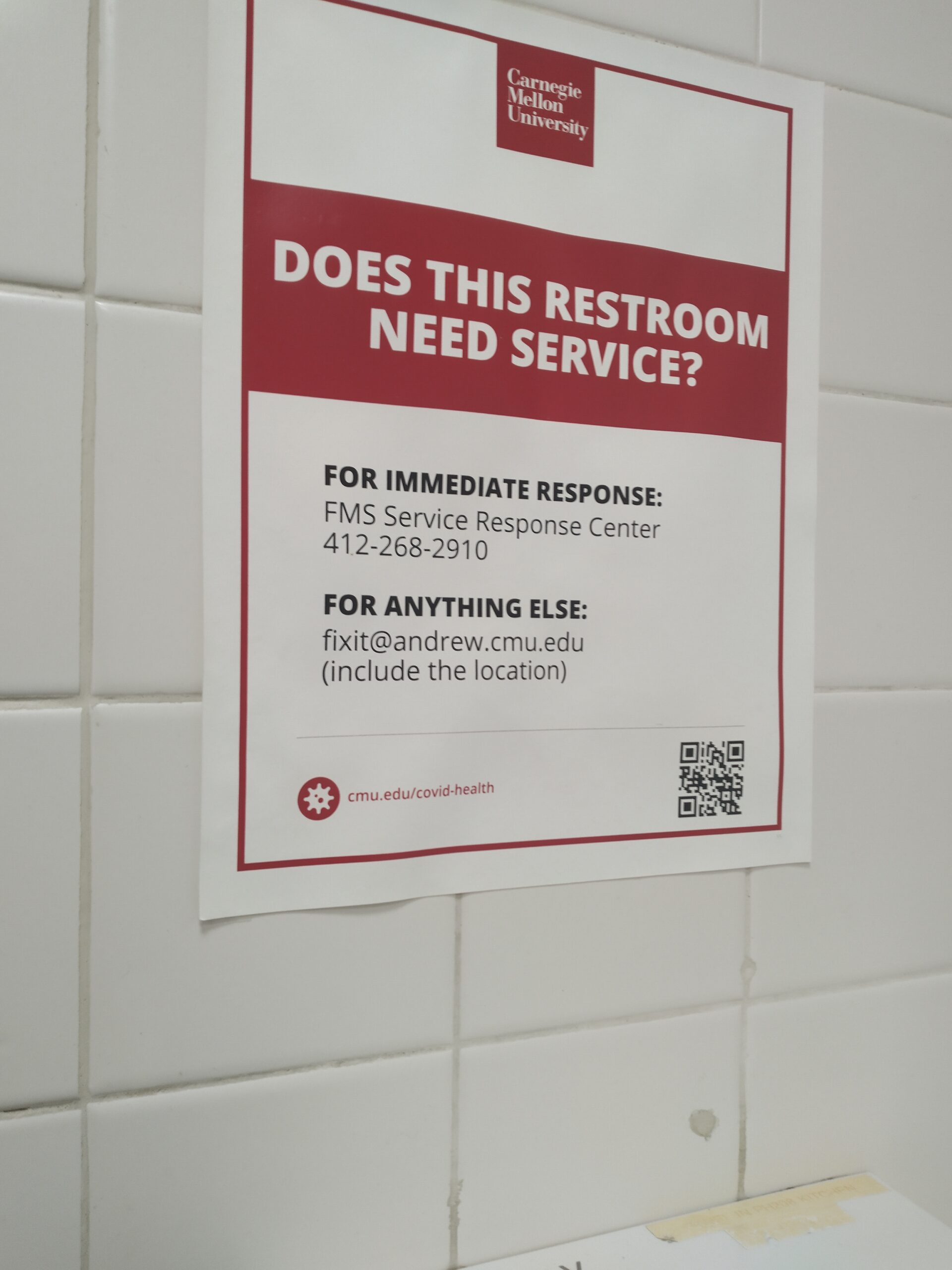
I thought it was interesting that their facilities email was named the same as our facilities phone number. I don’t know much about the history of FIXIT. Looking at old HowToGAMITs, the 1971 issue lists the extension as 3-4741, and the 1974 issue lists the extension as 3-4948 (F-IXIT). That means the FIXIT phone number is around 50 years old.
Grading happened, and then we went to the closing ceremonies. On the way, I finally meet up with Daniel N. CMU ’24 and Eric O. CMU ’24, who are like two people I kinda knew in the CMIMC staff. I guess there’s also Thomas L. CMU ’23, although that’s more of a “know of” each other relationship. It’s strange how the internet leads to these friends you make behind usernames, and then you meet each other in real life and it’s like, oh.
There isn’t much else to write about here, except for maybe Po-Shen Loh being there, and that he posed for a lot of pictures with people. I also remember seeing a woodcut of his face, which I found funny for some reason. We cleaned up the rooms, we took a photo of the CMIMC staff, and then we headed to staff dinner.
Dinner was fine. The CMIMC staff took more than half the space in the restaurant. I sat with Alex, Alex’s host whose name I forget, Brandon, and Daniel. We talked a lot about MIT and CMU’s differences. Like how, in MIT, 90% of undergraduates live in university housing, while in CMU it’s 50%. Which has downstream effects on student life, like affecting where people go to do work together. We all stayed until closing time, and applauded when someone fronted the bill for everyone.
Five
I put myself to blame
I let you get away
But I feel it coming back
I close my eyes, I flashback
And just like that, I relapsed
I walked back with Daniel, who wanted to give me a tour of CMU. I’ve never been much of a tourist, but if a friend was offering, sure, why not?
MIT’s computer science building is the Stata Center, which has two halves, Dreyfus and Gates. Their computer science building also has two halves, called Hillman and Gates. And yes, they’re both named after Bill Gates, who helped fund both buildings.
Daniel took me to floor 9, and we worked our way down. He shows me a bunch of offices of machine learning people, and then a bunch of offices from programming language people, and then a bunch of offices from algorithms people. I didn’t recognize a lot of the names, although I did know a few, like Guy Blelloch or Frank Pfenning. He asked me to take a picture in front of Bob Harper’s office, so we could send it to a mutual friend and tease him about it.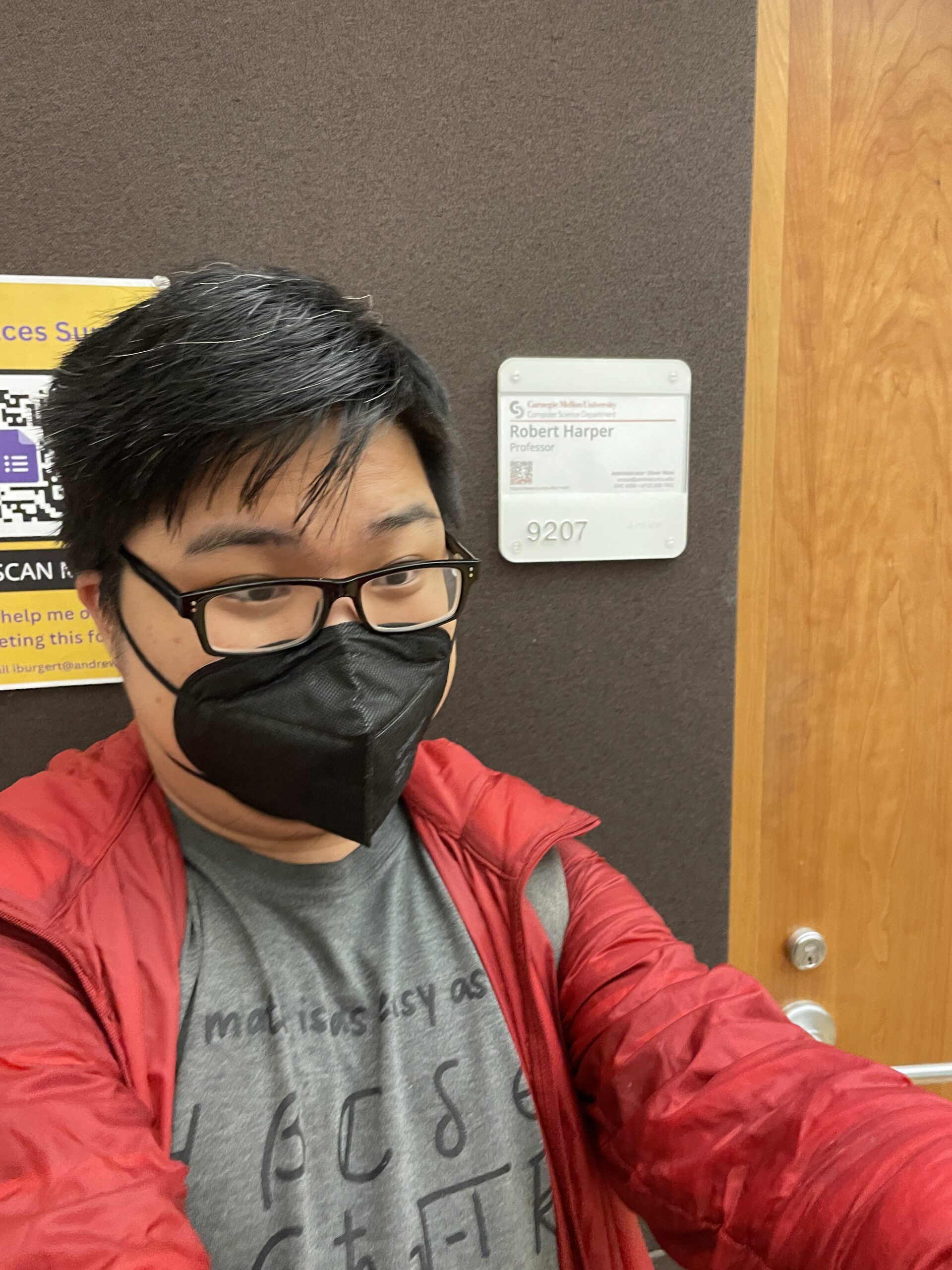
The layout was about as confusing as Stata’s, without having the cool architecture outside, although I’d bet that their building doesn’t have roof leaks. There were fishbowl rooms and a terrace. There were research posters and that one bulletin board with pictures of all the faculty. It’s interesting to me how similar all these academic buildings are.
There were many small lounges scattered through the building that people worked in. It was 10 PM on a Saturday night, so I was surprised by how many people I saw. Then again, it’s another one of those downstream effects; most people live far from campus, so if you wanted to work you’d probably go to campus.
The largest lounge was on floor 6, where Daniel showed me his favorite water dispenser. “There’s nothing special about it,” he said, “other than it being the dispenser I use the most.”
He showed me a table where people left free food. MIT has a strong culture of free food, like a free food mailing list, and Daniel told me about the free food announcement channels they had, like leaving it on this table or certain large group chats.
Daniel told me many other things about the building and SCS, their School of Computer Science. The last thing I’ll mention is SCS Day, which he showed me a bunch of posters of, and also this fence painted with an ad for it? We bumped into five of its organizers sitting around a table, just talking. Four of them introduced themselves as Emma, Ella, Emily, and Emily, and Daniel asked me to guess the fifth person’s name.
“Is it, uh, Emma?” I asked.
“Yeah, it is!” she said. “Nah, just kidding, it’s Maggie.”
I don’t actually remember if it was Maggie, but it was a name that didn’t start with the letter E.
The five were complaining about the food, but paused for a bit when Daniel introduced me as a “senior”.
“As in, a prospective student?” someone asked. “Maybe we shouldn’t be complaining about the food then.”
“Nah, I’m an MIT senior,” I said. “And I bet the dining in MIT isn’t much better.”
Six
Helplessly I relapsed
We cleared the bottom floors of the building before heading outside. From afar, I see the Pausch Bridge, a walkway lit in beautiful colors that changed every few minutes.
“Damn, it’s gayer than I am, huh,” I said. Daniel chuckled.
He told me about the history of the bridge, and the symbolism of connecting the CS and drama buildings. I was surprised with how large the drama building is, and he told me that it was a big thing in CMU, which explained all the posters for plays I saw earlier that day. Theater is a thing here in MIT, but probably not as big as it is in CMU, based on the building sizes.
Daniel walks me around the buggy course, and talks about Fringe, the organization that he pushes for. Buggy is like a relay, but the torch is instead a titular buggy, a small vehicle with just enough space for a small driver to squeeze in.
It’s the kind of thing you can tell people are serious about because of how many things have names. The parts of the course are named Hill 1, Hill 2, the freeroll, the chute, then Hill 3, 4, and 5. The distance a buggy travels beyond the chute and before being pushed on Hill 3 is called rollout, and is measured in windows, based on the windows of the adjacent Porter Hall. Buggies can be standard or reverse trikes based on wheel placement. Buggies go through safety tests called capes and drops. Weekly practice is called rolls. There are pushing styles called bump and run and stiff arm. There’s also 84 pages of rules, written in LaTeX, of course.
I probably wouldn’t have liked doing buggy myself. Waking up early, vehicle engineering, running and pushing; I don’t like any of these things. But what awed me was the intensity, the commitment to the bit. Because that’s one of the things I love best about MIT, how people take things seriously, overengineering everything just because you can. As the quote often misattributed to Maya Angelou but probably from Carl Buehner goes, they may forget what you said, but they will never forget how you made them feel.
Inside, we walk past a buggy display, and I take a picture of Daniel so I don’t have a wall of text in this section.
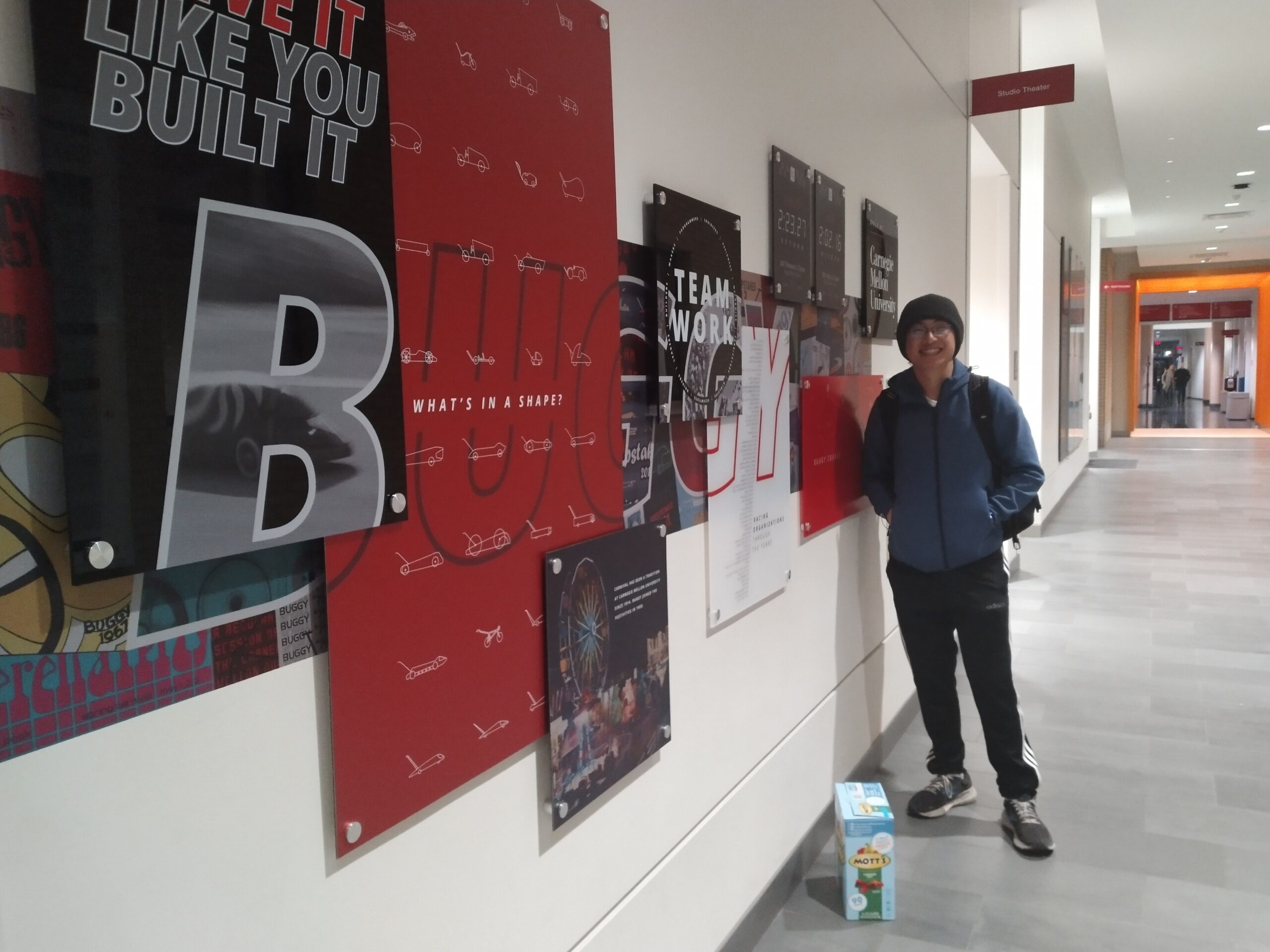
We walk to the bus stop and wait for the bus together. He was planning to walk home, but I told Daniel that this was the last time we’d never see each other again after this. That’s not true, since we’ll both be around New York this summer, where he’s doing an internship and I’m working full-time. And there’s maybe other times we’d see each other after that. I just say “we’ll never see each other again after this” when I say goodbye, as a personal tradition.
But when it comes to friends I don’t live near to, I don’t want to take any chances, you know? If I say that every time I say goodbye to someone, I’ll be right eventually.
He asks me whether I would’ve liked going to CMU. Now, I’m a fan of hypotheticals; see Days in lives that aren’t mine and A Boring Friday. This is one of those hypotheticals, though, that I didn’t have enough information to know for sure. How am I expected to know whether I’d like a college, based on a single weekend of visiting it? And then I thought, wait a second, I’ve done this before. In fact, pretty much everyone deciding between colleges goes through the same process, of running the hypotheticals in your mind, trying to imagine if you’d like going to university U or not.
I thought about it for a bit, and I had an answer:
Seven
In parallel universe
Maybe you’d be my first
I could be your only one
Oh this universe is a curse
Where’s timing so cruel to us
I don’t know how to be alright
Don’t want to live in
A world where you are not mine
Fun fact: CMU has only been mentioned 23 times in the blogs, two of which are from me! I was curious, so here’s all the non-MIT colleges that are mentioned in at least 50 blog posts:
- Harvard: 737 blog posts
- Stanford: 138 blog posts
- BU: 103 blog posts
- Caltech: 103 blog posts
- Wellesley: 100 blog posts
- Yale: 94 blog posts
- Princeton: 83 blog posts
- Berkeley: 71 blog posts
- Tufts: 52 blog posts
Colleges that are hard to search for: Brown, because it’s also a color; BC, because it also stands for Burton Conner; Columbia, because it’s also the hometown of blogger Elizabeth C. ’13; and Rice, because it’s also food. You can figure out for yourself whether or not they’ve been mentioned more than 50 times. Anyway, this is all completely unrelated, but I did the research so you’re getting it anyway.
I said goodbye to Daniel, got on the bus, went to Gram and Daniel’s apartment, talked for a bit, went to sleep, woke up, took the bus, and saw the sunrise.
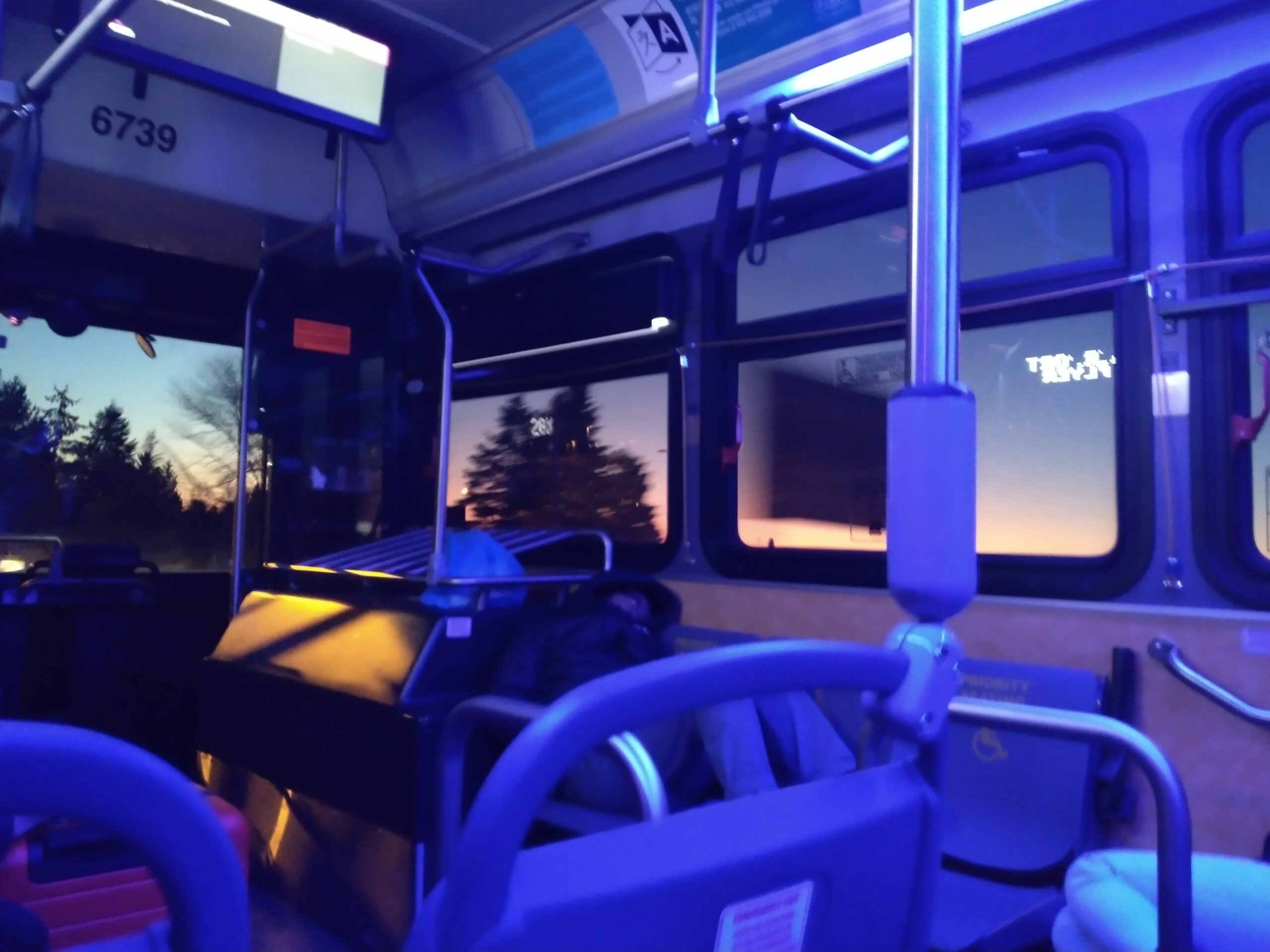
At the Pittsburgh airport, I see Nathan, working on a presentation. Right, Harvard’s spring break was two weeks ago. I sleep through the flights. We arrive in Logan Airport. We take the Silver Line bus to South Station, and sit through the Boston traffic.
“What did you think of the trip?” asked Nathan.
“There were moments when I felt kind of out-of-place during CMIMC itself, because I didn’t know a lot of people,” I said. “But I had fun overall, seeing my friends from CMU, getting to talk to them, thinking about whether I would’ve liked going to CMU.”
“Would you have liked going to CMU?” he asked.
I thought about it for a bit, and I had an answer:
“In another life, I think I would’ve really liked it.”
EDIT: Is this post confusing? Read 17 Ridiculously Useful Tips Every Blogger Should Know for some context.